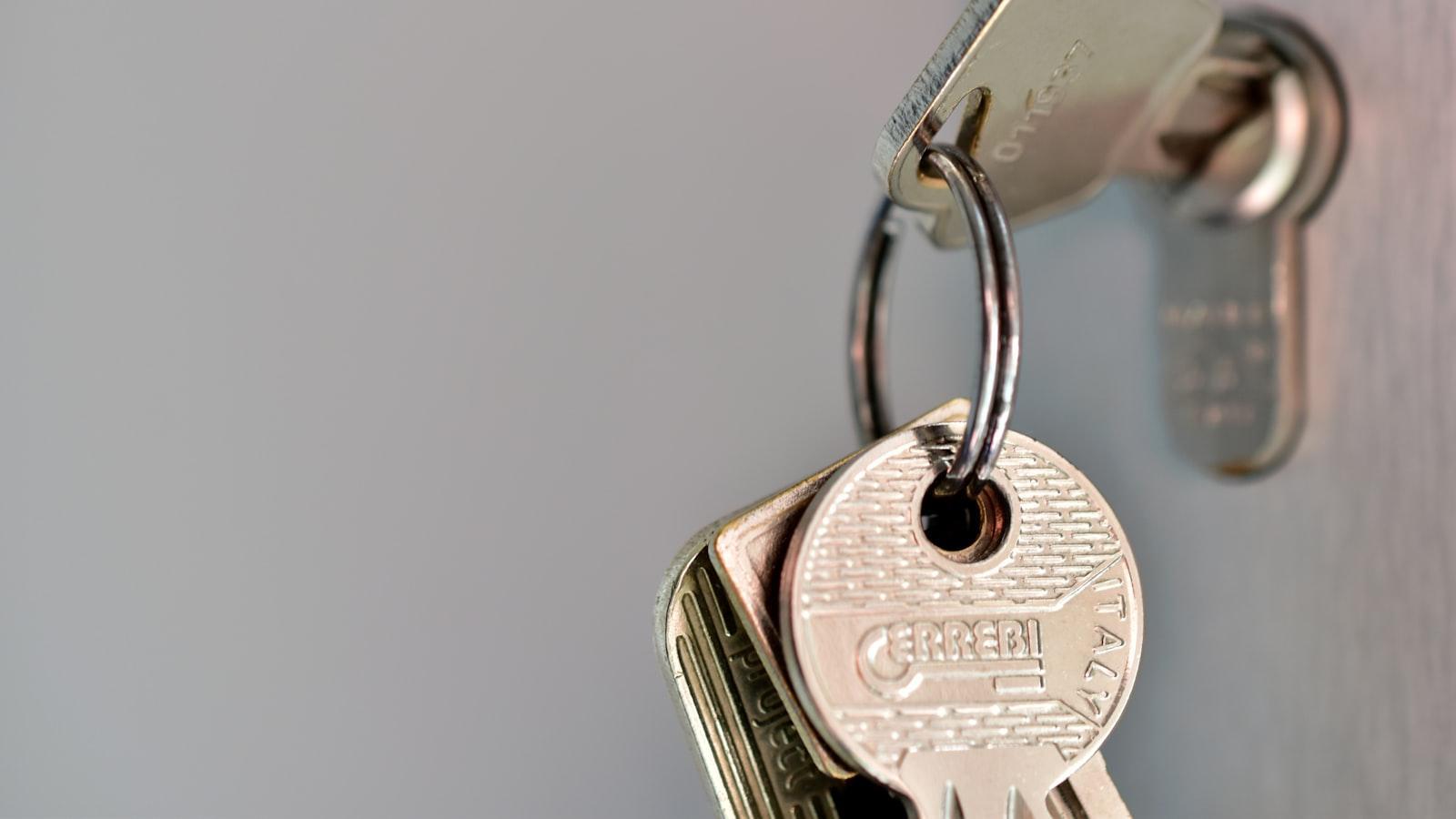The notion of “sole ownership” in real estate might not be as widely recognized as joint ownership or common tenancy. Nonetheless, the concept of owning property in sole ownership presents a distinctive and fascinating approach to managing real estate assets. This article delves into the intricacies of property held in sole ownership, highlighting its benefits, drawbacks, and implications for property owners.
Grasping the Concept of Sole Ownership
In the realm of real estate, sole ownership implies that a single person or entity possesses exclusive ownership of a parcel of land or a building. This form of ownership is the most direct and prevalent, as it involves a single owner with total control over the property.
When a property is held in sole ownership, the owner has the power to make all decisions concerning the property without requiring agreement from others. This includes selling the property, making enhancements, or leasing it out. This independence facilitates swift and effective decision-making without the need for approval from co-owners.
One of the primary benefits of owning property in sole ownership is the simplicity and transparency it offers. With only one owner, there is a clear line of command and accountability, making it easier to manage and maintain the property. Furthermore, this form of ownership can help streamline the decision-making process and prevent disputes that may arise when multiple owners are involved.
Distinguishing Features of Sole Ownership
Sole ownership has certain key features that distinguish it from other forms of property ownership. One of the main attributes of sole ownership is that it is held by a single individual or entity. This means that the owner has exclusive control over the property and can make decisions about it without needing to consult with anyone else.
Another significant feature of sole ownership is that the owner is solely accountable for the property. This includes responsibilities such as paying property taxes, maintaining the property, and ensuring that it complies with any relevant laws and regulations. As a result, sole ownership can be a viable option for individuals who desire total control over their property.
In summary, sole ownership provides a degree of independence and control that is not always achievable with other forms of property ownership. By being the exclusive owner of the property, individuals can make decisions about it that best meet their needs and preferences. This can be particularly advantageous for those who value autonomy and wish to have complete control over their property.
Pros and Cons of Owning Property in Sole Ownership
There are both pros and cons to consider when owning property in sole ownership. One of the main advantages is the exclusive ownership and control that comes with holding property in sole ownership. This means that decisions regarding the property can be made independently without the need for agreement from other co-owners.
Conversely, a drawback of holding property in sole ownership is the potential lack of diversification in investments. By owning property individually, there may be a higher level of financial risk if the property does not perform well. Additionally, the sole owner is responsible for all expenses and liabilities associated with the property.
Overall, owning property in sole ownership can provide a sense of autonomy and control, but it also comes with its own set of risks and responsibilities. It’s crucial for individuals to weigh the advantages and disadvantages before deciding on the most suitable ownership structure for their property.
Guidelines for Managing Property Held in Sole Ownership
- Regular property inspections should be conducted to ensure that the property is well-maintained.
- Maintain detailed records of all financial transactions related to the property, including expenses and income.
- Consider employing a property management company to handle daily operations, such as securing tenants and collecting rent.
- Stay informed about local real estate market trends to make educated decisions about the property.
When it comes to leasing out the property, be sure to:
- Thoroughly vet potential tenants to minimize the risk of late payments or property damage.
- Clearly define the terms of the lease agreement to prevent any future misunderstandings.
- Collect security deposits and rent payments promptly to maintain a stable cash flow.
- Address any maintenance issues promptly to keep tenants happy and prevent further damage to the property.
| Recommendations | Benefits |
|---|---|
| Regular property inspections | Ensure property is well-maintained |
| Thorough tenant vetting | Minimize risk of late payments or property damage |
| Clear lease agreements | Prevent misunderstandings with tenants |
Conclusion
In conclusion, owning property in sole ownership can provide individuals with greater control and flexibility in managing their assets. However, it is crucial to understand the implications and responsibilities that come with exclusive ownership. Whether you choose to hold property in joint tenancy, common tenancy, or as a sole proprietor, it is essential to consider your unique circumstances and consult with legal and financial experts to make informed decisions. The key to successful property ownership lies in careful thought and planning. Thank you for reading!

Unlocking the Intrigue: The Unique World of Solely Owned Properties
When it comes to real estate, the term “solely owned properties” may not be as commonly heard as terms like condos, townhouses, or apartments. However, this often-overlooked category of real estate offers its own set of unique benefits and considerations that make it a fascinating and potentially lucrative option for savvy investors and homeowners.
The Basics of Solely Owned Properties
Solely owned properties, also known as single-owner properties, are real estate assets that are owned by a single individual or entity. Unlike condos or townhouses, which often involve shared ownership or common areas, solely owned properties give the owner full control and autonomy over the entire property.
These properties can come in various forms, including single-family homes, vacation homes, rural properties, and even commercial buildings. Whether you’re looking for a cozy retreat in the mountains or a profitable rental property in the heart of the city, solely owned properties offer a wide range of options to suit your needs.
Benefits of Solely Owned Properties
- Full Control: With solely owned properties, you have complete control over decisions such as renovations, maintenance, and rental agreements without having to consult with other owners.
- Privacy: Since you are the sole owner of the property, you can enjoy the peace and privacy that comes with not having to share common areas with neighbors.
- Flexibility: Solely owned properties offer the flexibility to use the property as you see fit, whether it’s as a primary residence, vacation home, or rental property.
- Appreciation: As the sole owner, you stand to benefit fully from any appreciation in the property’s value over time, potentially increasing your overall wealth.
Practical Tips for Investing in Solely Owned Properties
If you’re considering investing in solely owned properties, here are some practical tips to keep in mind:
- Location is Key: Choose a location that aligns with your investment goals, whether it’s a high-demand rental market or a desirable vacation destination.
- Research Market Trends: Stay informed about market trends and property values in your chosen area to make informed investment decisions.
- Consider Financing Options: Explore financing options such as mortgages, HELOCs, or investment loans to help fund your purchase.
- Work with Professionals: Seek guidance from real estate agents, financial advisors, and legal experts to ensure a smooth and successful investment process.
Case Study: Investing in a Solely Owned Vacation Property
One common scenario in which solely owned properties are particularly attractive is when investing in a vacation home. Let’s consider a case study involving Sarah, a successful business owner looking to diversify her investment portfolio:
| Property | Location | Investment Strategy |
|---|---|---|
| Cozy Cabin | Mountain Resort Town | Short-Term Rental Income |
By purchasing a solely owned vacation property in a popular mountain resort town, Sarah was able to generate substantial rental income during peak seasons while also enjoying personal use of the property for her own vacations. The property’s value also appreciated over time, making it a valuable addition to her investment portfolio.
Firsthand Experience: The Joys of Solely Owned Properties
As someone who has owned and managed solely owned properties for years, I can attest to the many joys and benefits they offer. From the satisfaction of complete autonomy over my investments to the financial rewards of property appreciation, solely owned properties have truly been a game-changer for me.
Whether you’re a seasoned investor looking to diversify your portfolio or a first-time homeowner seeking a place to call your own, sole ownership properties offer a world of possibilities waiting to be unlocked. With the right research, planning, and guidance, you can unlock the intrigue and potential of solely owned properties for your own personal and financial gain.





